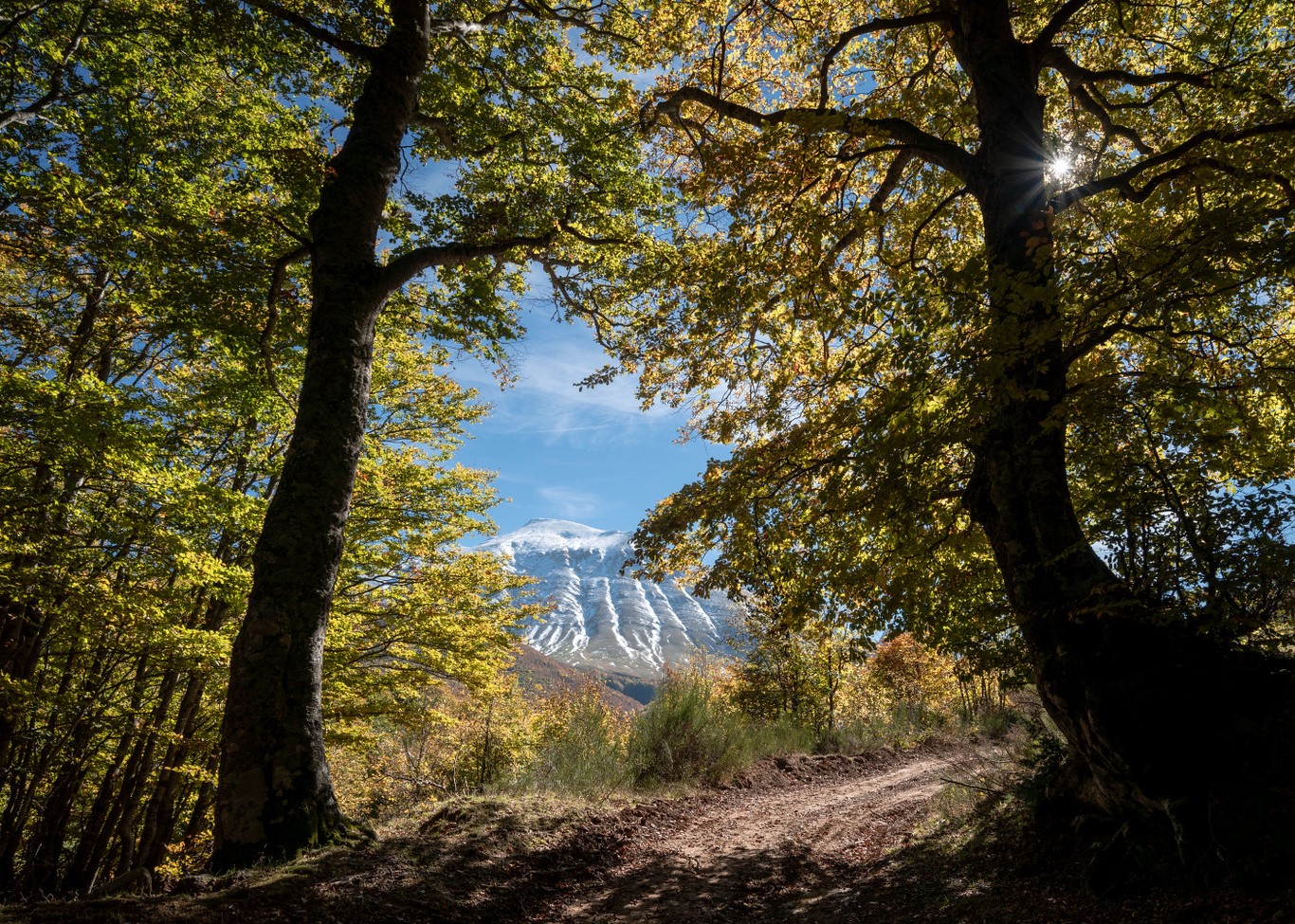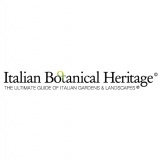
 Italian Botanical Heritage
Italian Botanical Heritage
Italian gardens and parks: The National Park of Gran Sasso
- WTI Magazine #151 May 21, 2022
-

 Italian Botanical Heritage
Italian Botanical Heritage
The National Park of Gran Sasso and Monti della Laga, established in 1991, is located mostly in Abruzzo (province of L'Aquila, Teramo and Pescara) and to a lesser extent in the adjacent areas of Lazio (Rieti) and Marche (Ascoli Piceno). It includes 44 municipalities and it extends for 160.000 hectares of which 135.000 in Abruzzo.
To its inside they fall completely the mountainous chains of the Gran Sasso and the Mountains of the Laga. The Corno Grande, with its 2.912 meters high, is the highest mountain of the Apennines. Here there is also the Caldarone, the only glacier of the Apennines and the most southern of Europe.
To the south of the massif extends the boundless plain of Campo Imperatore, located at 1600 meters above sea level, about twenty kilometers long, with a width ranging from three to seven kilometers. What mostly strikes are the vast dimensions that are always totally visible, thanks to the vegetation that is exclusively herbaceous with very different characteristics depending on morphology, wind, snow cover. The main vegetation is characterized by the immense graminaceous pastures and by the plants of the rivers as the Italian wallflower (Matthiola italica), endemic entity with violet or yellow flowers and light green leaves, the alpine camedrio (Dryas octopetala), symbol of the arctic, the sesleria of the swamps (Sesleria caerulea), very rare species reported on the Apennines only in this area.
The mountain chain of Laga, particularly important both from a geological and naturalistic point of view, includes among others the peak of Mount Gorzano (2,458 meters).
Flora and fauna
The flora of the Gran Sasso d'Italia and Monti della Laga National Park is extremely varied depending on the area and the altitude of interest: black pine woods and oaks; beech woods, chestnut woods, pastures. The small woods of white fir (Selva di Cortino, Bosco Maltese, Selva degli abeti) are worth a mention, as they are the residue of the ancient mixed population of firs and beeches of the Apennines. The fauna of the park is very varied and is represented by rare species, such as the Apennine wolf, the wild cat and the Abruzzo chamois, endemic to the Apennines, recently reintroduced on the Gran Sasso with a population that currently exceeds 100 specimens. Among the birds of prey are the golden eagle, the peregrine falcon and the goshawk. There are many paths through which you can visit the wonders of the park as the Strada Maestra, which crosses the area in the border area between the Gran Sasso massif and the Laga chain, and the Gran Sasso horse trail.
Ancient woods (boschi vetusti)
In mountainous areas it is not rare to find patches of forest whose physiognomy and structure have evolved for long periods of time, having the time to reach more advanced stages of vegetational and structural development than those that characterize the majority of Italian forests, in which these processes have been interrupted by anthropic action (or more rarely by natural factors). These forests tend to acquire some characteristics typical of stands defined internationally as old growth forests.
In the National Park of Gran Sasso and Monti della Laga, the recognized ancient woods are three: the beech-wood of Fonte Novello, the beech-wood of Aschiero and the ash-wood of Valle Vaccaro.
The beech-wood of Fonte Novello in the hamlet of Intermesoli at Pietracamela (TE) preserves beeches of an average age of 250 years with diameters over one meter and heights over 40 meters. The particular conditions found in the ancient wood of Fonte Novello favor a rich and diversified fauna for the presence of mammals such as deer, wild boar, wolf, roe deer, which represent a conditioning factor also for the presence of more demanding species such as the lesser spotted woodpecker, the white-backed woodpecker, the nuthatch, the collared flycatcher, the alpine grapple.
The beech-wood of Aschiero, in the hamlet of Prati di Tivo in Pietracamela (TE) occupies an area of about 3 hectares with individuals of diametrical dimensions superior to the meter, which represent a peculiarity of the beech-wood of Aschiero. Interesting is also the presence of dead trees on the ground and standing, which constitute "habitat trees" that contribute to the richness of ecological niches and therefore of biodiversity. In particular, the wren and the titmouse live here.
The ash grove of Valle Vaccaro in Crognaleto (TE) is a small strip of riparian woodland, where the prevalent species is the greater ash tree (Fraxinus excelsior), accompanied by sycamore maple (Acer pseudoplatanus) and other species. The ash wood of Valle Vaccaro represents a real rarity in Italy, as it is extremely difficult to find forest formations characterized by the predominance of these species.